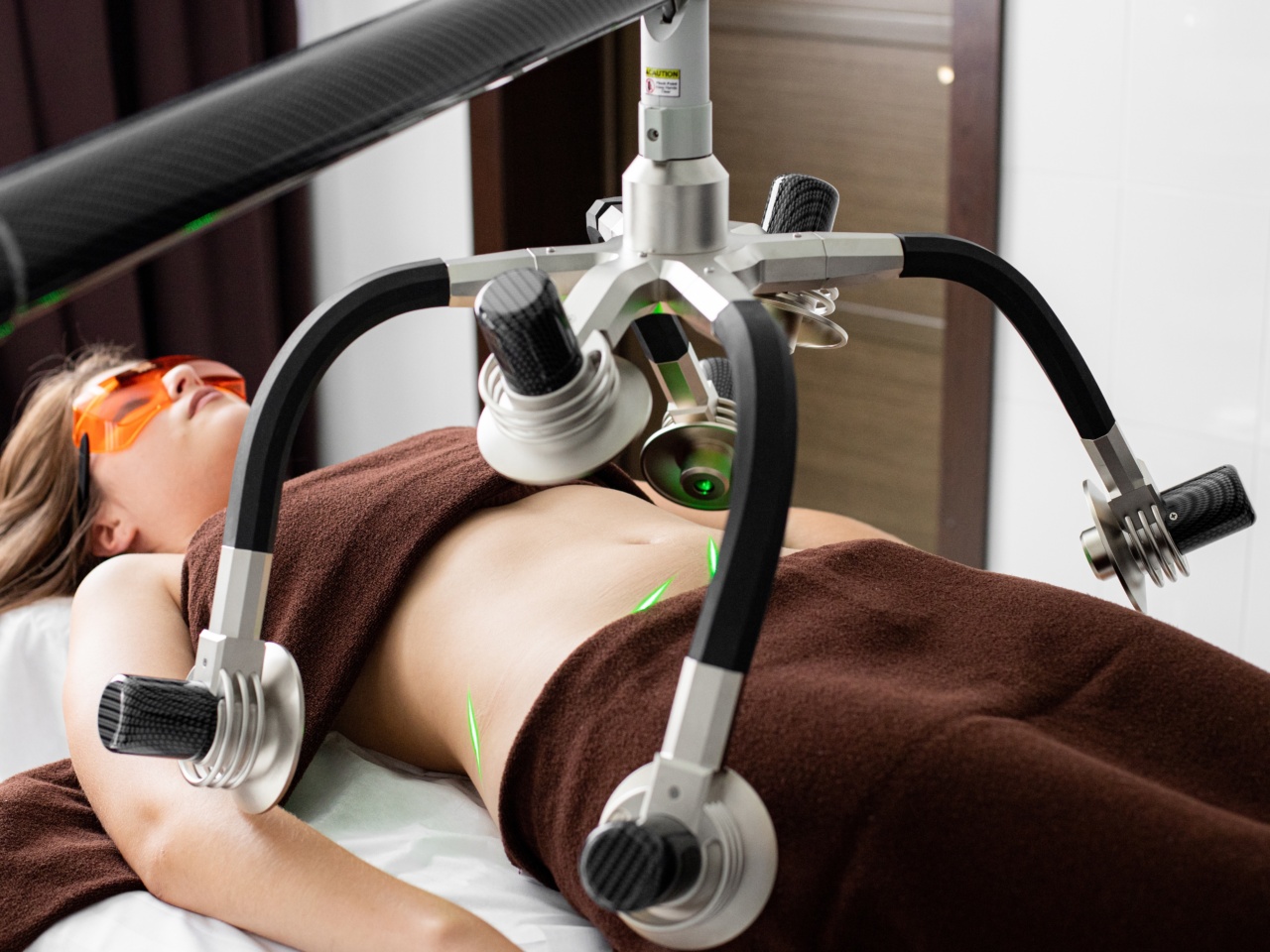Most women experience changes in their menstrual cycle at some point or another. Irregular periods can occur due to various reasons such as hormonal imbalances, stress, weight gain, or weight loss.
However, if you are experiencing irregular periods along with some other symptoms such as fatigue, abdominal pain, or nausea, you may have a serious health condition that needs to be treated.
Non-alcoholic fatty liver disease, or NAFLD, is a condition that affects millions of people worldwide. It is a common condition where excessive fat builds up in the liver, making it difficult to function properly.
NAFLD can lead to liver scarring, cirrhosis, and even liver cancer if left untreated.
What Causes NAFLD?
NAFLD is caused primarily by an unhealthy lifestyle. Consuming high amounts of sugary and fatty foods, lack of exercise, and being overweight or obese are all risk factors for developing NAFLD.
Women are more prone to developing NAFLD than men, especially those who are insuline resistance, have a lot of abdominal fat, or have polycystic ovary syndrome (PCOS).
How Does NAFLD Affect Menstrual Cycles?
NAFLD can affect your menstrual cycle in several ways. One of the reasons is that excess liver fat can interfere with the production and regulation of hormones.
Hormonal imbalances are one of the leading factors that cause menstrual irregularities in women.
Also, NAFLD can lead to insulin resistance and metabolic syndrome, which can cause PCOS – a condition where small cysts form on the ovaries.
PCOS can cause hormonal imbalances that lead to missed or irregular periods, the absence of ovulation, or excess facial and body hair growth.
How to Detect NAFLD?
NAFLD usually has no obvious symptoms until it reaches an advanced stage. However, blood tests, ultrasounds, and other imaging studies can help to diagnose the condition in the early stages. An ultrasound can reveal if your liver is enlarged and fatty.
Blood tests can also check if you have elevated levels of liver enzymes in the blood. In some cases, a liver biopsy may be required to confirm the diagnosis.
How to Treat NAFLD?
There are no specific medications available to treat NAFLD. However, lifestyle changes such as losing weight, practicing healthy eating habits, and exercising regularly can improve the condition.
Losing only 10% of your body weight can reduce liver fat and improve insulin resistance. Saturated fats, trans fats, and refined carbohydrates should be avoided while consuming more lean proteins, fiber, and whole grains.
You may also need to take medications to manage the underlying conditions such as high blood pressure, high cholesterol, or type 2 diabetes. If your liver is severely damaged or has developed cirrhosis, you may need a liver transplant.
Takeaway
Irregular periods are a common problem that affects many women.
If you are experiencing menstrual irregularities along with other symptoms such as fatigue, abdominal pain, or nausea, you may have NAFLD, a condition that can lead to liver damage if left untreated. It is essential to adopt a healthy lifestyle to prevent NAFLD and to seek medical attention if you suspect you may have it.



























